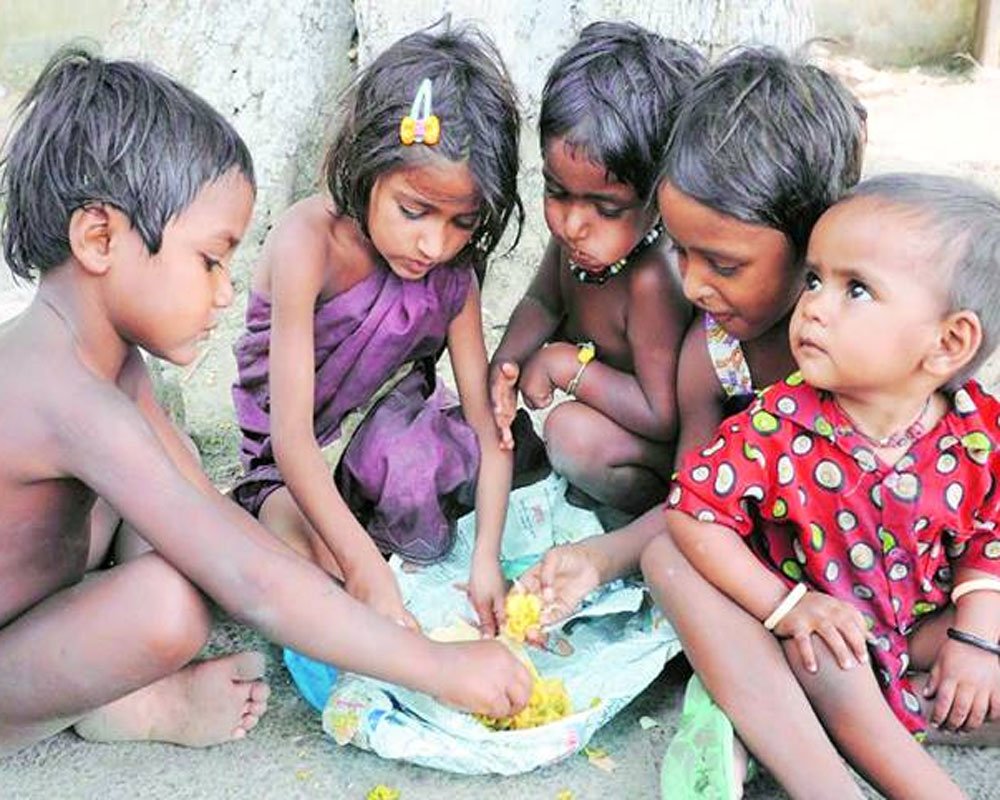- India ranked 94 among 107 countries in the Global Hunger Index (GHI) 2020 and continues to be in the “serious” hunger category, though it has made some progress.
- The data shows that India’s score has decreased consistently, a positive sign in this ranking, from 32.2 in 2010 to 31.1 in 2018 and last year the score was 30.3
NEW DELHI: India ranked 94 among 107 countries in the Global Hunger Index (GHI) 2020 and continues to be in the “serious” hunger category, though it has made some progress, particularly since the enactment of the National Food Security Act.
Last year, India’s rank was 102 out of 117 countries.
The neighboring countries of Bangladesh, Myanmar, and Pakistan too were in the “serious” category but ranked higher than India in this year’s index as has been the trend for several years.
While Bangladesh ranked 75, Myanmar and Pakistan were in the 78th and 88th positions respectively. According to the report, Nepal and Sri Lanka were in the 73rd and 64th position and were in the “moderate” hunger category, the report said.
The data shows that India’s score has decreased consistently, a positive sign in this ranking, from 32.2 in 2010 to 31.1 in 2018 and last year the score was 30.3. In the 2020 report, India’s score stood at 27.2. Going by this pace of progress, it is likely to take some more years for India to be in the “moderate” category. Countries that have scores between 10 and 19.9 are categorized as moderate ones.
The GHI is calculated by using a three-step process and the indicators used are the percentage of the undernourished population, the percentage of children under five years suffering from wasting and stunting, and child mortality.
The report said 14% of India’s population was undernourished and the country recorded a 37.4% stunting rate among children under five and a wasting rate of 17.3%.
The under-five mortality rate stood at 3.7%. The data from 1991 through 2014 for Bangladesh, India, Nepal, and Pakistan also showed that stunting was concentrated among children from households facing multiple forms of deprivation, including poor dietary diversity, low levels of maternal education, and household poverty.
During this period, India saw a decline in under-five mortality, driven largely by a decrease in deaths from birth asphyxia or trauma, neonatal infections, pneumonia, and diarrhea.
The report said, “While the 2020 GHI does not yet reflect the impacts of Covid-19, it shows that the situation is already worrying in many contexts and is likely to worsen in the years to come”.

